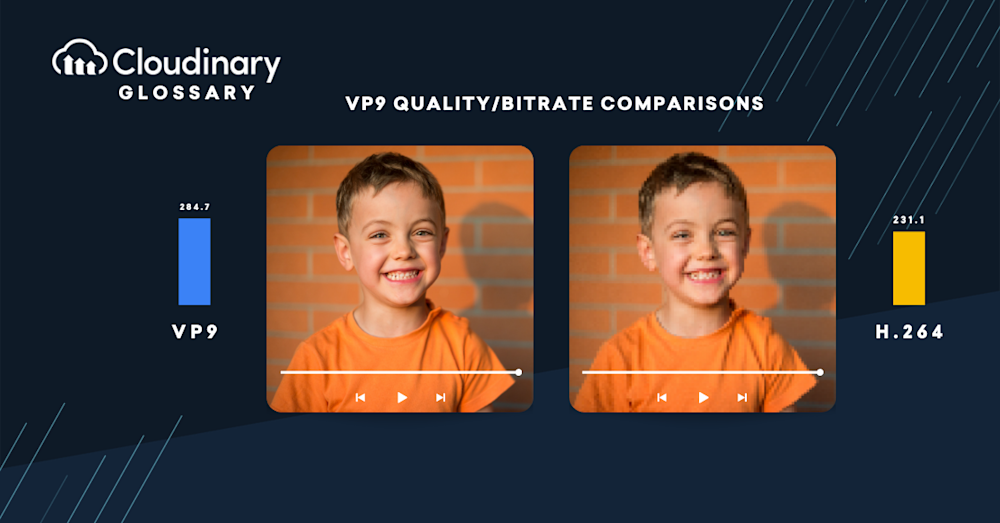Whenever you watch a video, whether it’s through your favorite streaming service, YouTube, or even videos you’ve recorded on your phone, they’re all encoded. Devices use something called codecs to interpret and render these videos into something you can watch. One of these codecs made by Google has proven to be especially popular.
What Is the VP9 Codec?
Built initially atop the work from TrueMotion, Google acquired the rights to the VP9 codec in 2010. It would later be released in 2013, with support for all major browsers coming within the following year.
The VP9 codec can encode HD video at lower bitrates than H.265/HEVC, making it ideal for streaming high-quality content online without requiring high bandwidths or processing power from the host device. It also supports HDR and enables lossless compression for resolutions above 1080p.
Comparison with Other Video Codecs
There are three other popular video codecs that VP9 contests with.
Against AV1
AV1 is a more popular choice for videos requiring extremely high bandwidth – videos with several million views. On the other hand, VP9 can handle low and high view counts while being a free piece of tech.
Against H.265
These two codecs are incredibly similar, with nearly the same performance. However, VP9 is free and open source, while H.265 requires a paid license to use.
Against H.264
This codec struggles to render higher-resolution videos. Generally, anything above 1080p resolution will cause H.264 to stumble, while VP9 can use nearly half the resources for 4k content.
VP9 Codec and Cloudinary
Setting up videos on your site or managing your media library can be a hassle, especially when figuring out the best codecs for your content. Thankfully, Cloudinary is here to help.
With our Media Delivery API, you can take the tedious work of encoding or decoding your videos. Our API will automatically pick and use the best codecs for your needs in a seamless experience, giving you more time to work on things that matter. And the best part? Cloudinary is entirely free! Get started today by signing up here.
Check Out Our Tools That You May Find Useful:



